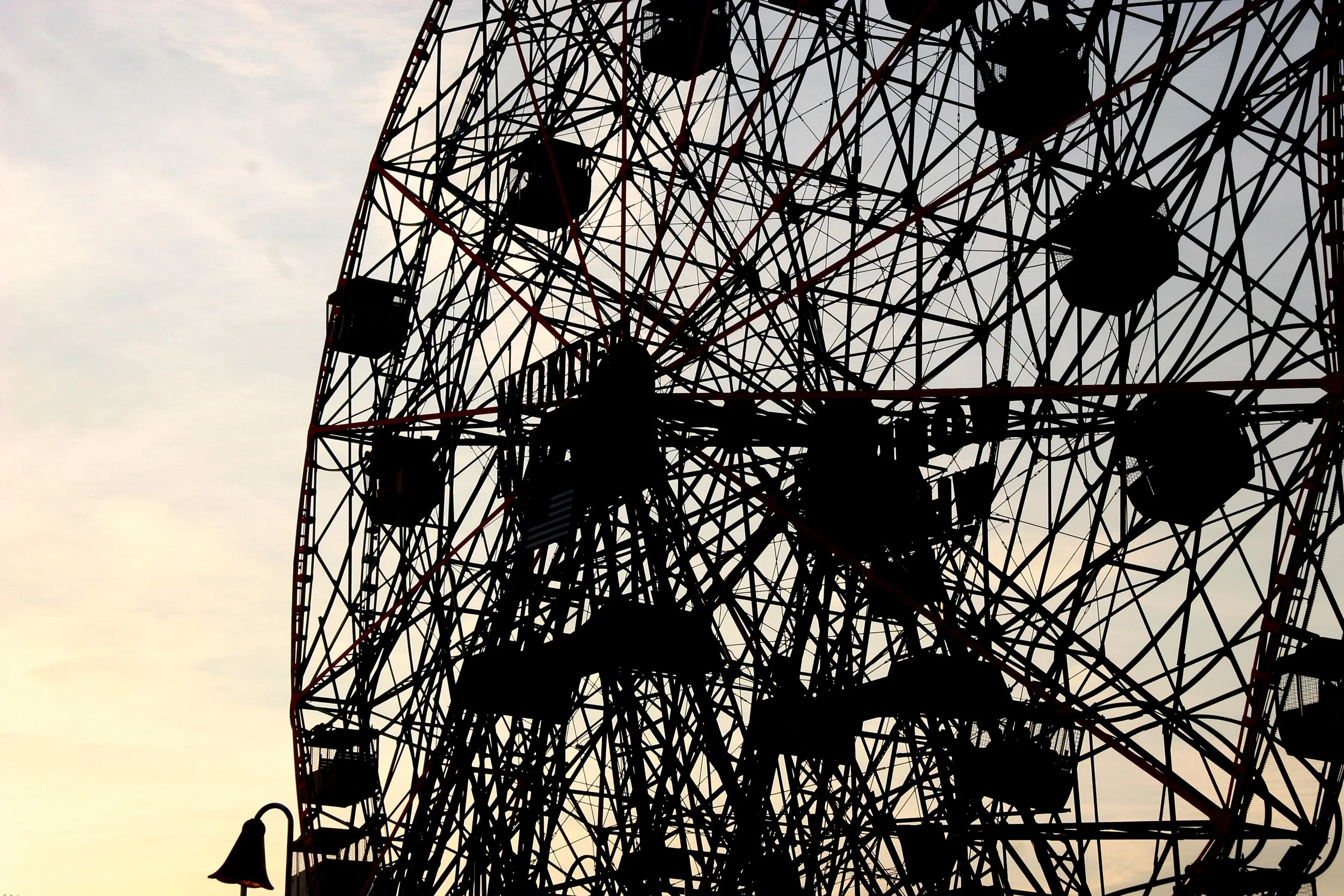
Page 4 of 4
San Antonio, Texas
My best bits of advice I'll repeat only twice, after that you can fend for yourself
The remaining pieces of the historically significant Alamo sit at street level at the center of San Antonio, only minutes from the riverwalk and all the action. The actual building itself is fairly small and the original (now destroyed) perimeter walls were not all that much bigger.
The site is free to visit, and that free pass into the building lets you see a few minor exhibits about the heroic Texans and the horrible Mexicans. Of course the actual battle wasn't that much of a battle, the stronger Mexicans killed all of the Texans (including Davy Crockett), but since history is written by the victorious, we all now remember the Alamo as a battle cry, as something which inspired the heroic Texans to drive out the horrible Mexican forces and not (like it really was) as a complete and total bloody defeat.
These next slides feature the Halsell Conservatory at the San Antonio Botanical Gardens, an amazing collection of buildings and earthworks designed by Argentinean architect Emilio Ambasz in 1988, just ten years after Charles Moore designed his Piazza d'Italia in New Orleans. Visitors weave under and over grassy berms as they enter soaring greenhouses under shards of glass or find hidden grottos peppered with colorful little Ambasz designed sculptures. Way more fun than I expected or hoped.
Without trying to sound too obnoxious (if that's even possible at this point), San Antonio and its riverwalk were one of the few five star attractions in the country that I had yet to visit, so when a work trip to nearby Austin came up I took the first opportunity I had available to go and see the place. As you probably already know, other than the Alamo, San Antonio is known for its riverwalk, a well landscaped circuit of cafes, stone bridges, paths and tourists located a story below the center of San Antonio. The riverwalk is really where (just about) all the action is- on a Saturday night the city streets seemed virtually deserted while the riverwalk's cafes, stone bridges and paths experienced near total tourist gridlock. The pedestrian walkways on both sides of the river are often narrow and create bottleneck conditions at almost every turn. Not helping are the many, many sidewalk cafes that line most of the riverwalk and place tables on both sides of the path. At dinnertime when virtually every (good) restaurant has long waits, the pedestrian circulation issues worsen considerably. In order for waitstaff to serve the tables they need to block through access but the worst fate is saved for seated diners. There visitors face two different experiences- a view on one side of the river and on the other a constant, slowly moving line of people whose asses are just about at face level. Makes you wish you decided to take that table inside the restaurant (and off the path) after all.
Gordon Bunshaft of Skidmore, Owings and Merrill was responsible for some of the firm's best work including the Lever House on Park Avenue, the Beinecke Library at Yale and the Hirshhorn Museum on the Mall in Washington. In 1971 he completed the Lyndon Johnson Presidential Library in Austin, Texas, a building that may be clunky on the outside but one that is soaring on the inside. All of Johnson's presidential papers are stored in red boxes and then displayed in a dramatic open space that sits above some rather sober exhibits. Johnson presided over a term and a half that started with the assassination of John Kennedy and was then crushed under the chaos of Vietnam. In between Johnson was able to do some good (including civil right legislation) but even the museum doesn't try to pretend that in the end it wasn't all about anything but Vietnam.
And while I am a big fan of Lever House, the Beinecke Library and the Hirshhorn, I was a bit disappointed in the design of the LBJ Library (with the obvious exception of that soaring interior space). Even more puzzling was the scary (yes, scary) water jet fountain that shot up right outside the building. The portable toilets give you some idea as to its immense scale. It was at least six feet high on the edges and likely fifty feet across with another fifty or sixty feet of water shooting straight up into the sky. In an age of conservation in one of the greenest, most left leaning cities in the country, it all seemed to me like such an incredible waste of energy and resources just to promote some seemingly outdated image of strength- or maybe such conclusions were just influenced by all those thoughts of LBJ and Vietnam still caught in my head.
After all this traveling, we’re finishing up a little more locally, starting with this picture of a new water garden at Battery Park in Lower Manhattan, with views of the Statue of Liberty off in the distance.
One of the more interesting buildings in New York is the new New York Times Building, designed by Renzo Piano and located directly across Eighth Avenue from the Port Authority Bus Terminal, the worst building in New York. The New York Times Building features an exterior screen wall of horizontal ceramic rods, possibly to obscure that view across the street to the worst building in New York.
If it’s summer, it’s time to do to the annual free Siren Music Festival on two stages at Coney Island. This year's lineup isn't all that impressive but it's also not as bad as last year. The featured bands include Stephen Malkmus (they sing "Gardenia") and Helio Sequence (I've always loved "Blood Bleeds"). The concert starts early, the music is often (but not always) pretty damn good, the crowd is usually freakish to watch (try and find the most obscure t-shirt or the worst tattoo) and (if I didn't mention it yet) the whole damn thing is free, if you don't count the cost of time and treasure to get out to Coney Island, which always takes longer than you think.

